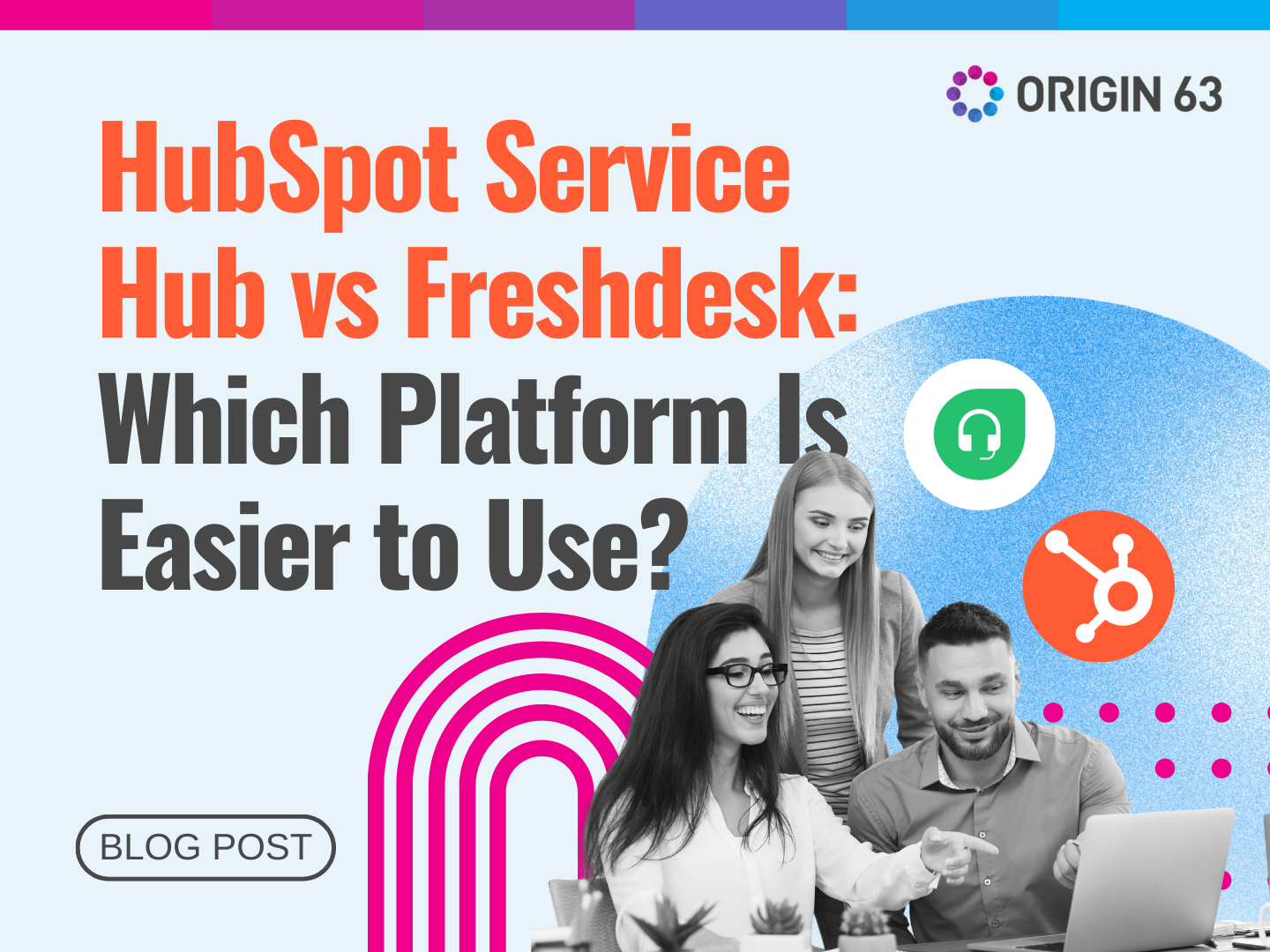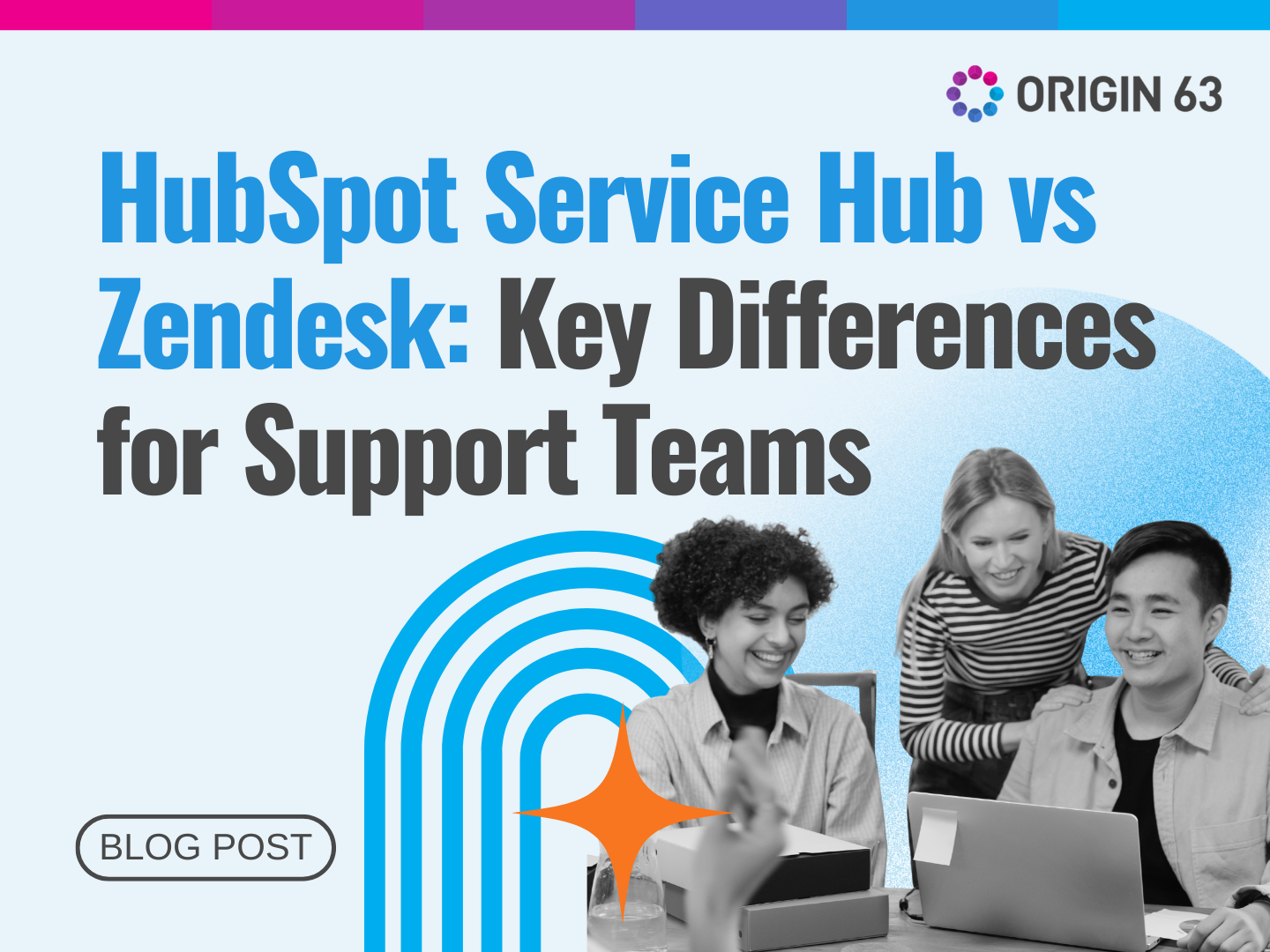Customer expectations have reached unprecedented levels. Nowadays, customers seek real-time resolutions, personalized service, and the means to independently address their issues.
Imagine a customer buys a pair of shoes from your online store. Shortly after finalizing the purchase, they discover that they've mistakenly chosen the wrong shoe size. However, instead of contacting your support team for help, the customer opts to use the self-service portal. Engaging in a pleasant conversation with your chatbot, they smoothly navigate the exchange process on their own. As a result, the correct pair of shoes is promptly dispatched to them, resolving the issue efficiently.
Isn't it amazing how self-service can save the day?
Let’s dive into the wonders of Customer Self-Service, exploring what a customer portal is and how it can transform your brand's customer experience. Whether you're a business owner seeking to enhance customer satisfaction or a curious consumer eager to learn more, this article will equip you with the knowledge to create the optimal self-service portal experience for your customers.
What is Customer Self-service?
Customer self-service is an approach used in tech-support, wherein companies equip customers with the necessary information to independently address their own issues. This method utilizes diverse self-service channels such as automated chatbots, help centers, and customer communities.
Instead of engaging with company representatives, customers utilize self-service options to independently research and troubleshoot problems. Today's self-service tools offer a seamless experience across multiple platforms. For instance, customers can interact with a bot before reaching an agent (if needed), access knowledge base articles, receive automated text messages, and even schedule support calls at their convenience. Including customer self-service in your company's support offerings is crucial, as it provides customers with swift and readily accessible solutions.
Why is customer self-service so important?
According to Statista, 88% of individuals anticipate brands or organizations to offer a self-service support portal. The data strongly indicates that adopting a self-service model for your company is essential for delivering an enhanced customer experience.Across various industries, customers have shown a preference for handling problems on their own. They seek quick and effortless solutions to their queries without the need to engage in lengthy phone calls with support representatives. Self-service portals provide the means for people to swiftly and independently address their concerns.
Benefits of Customer Self-service
Customer self-service is rapidly emerging as a critical component of every customer service approach. Companies reap numerous notable advantages from implementing customer self-service, including the following:
Reduced Support Expenses: Implementing self-help customer service reduces the need for a large customer support team, leading to significant cost savings compared to hiring representatives.
24/7 Accessibility: Self-service options provide faster solutions to customer inquiries, as customers can access resources at any time, even outside of regular business hours.
Better Customer Experience: Self-service allows customers to resolve issues quickly, leading to higher satisfaction and a more positive overall experience.
Higher Customer Satisfaction: Customers have constant access to the tools they need, enhancing their ability to use products or services successfully.
Increased Customer Engagement: Self-service portals enable customers to interact and share knowledge within the brand, fostering a sense of community and engagement.
HubSpot Self-Service Portal
The Customer Self-Service Portal offers a range of essential features designed to empower users and enhance their overall experience. Let's delve deeper into each key feature:
Knowledge Base: The self-service portal's Knowledge Base is a comprehensive repository housing a wealth of information about products, services, and FAQs. Customers can easily find solutions to their inquiries without contacting support, thanks to the organized and easily searchable resources, such as articles, news, guides, and troubleshooting instructions. This streamlines the support process, saving time for both customers and support staff.
Omni-Channel Support: In today's interconnected world, customers expect seamless access to services across various platforms and devices. The self-service portal must cater to this expectation by providing omni-channel support, ensuring its availability and functionality on different interfaces, including desktops, laptops, tablets, and smartphones. Considering that a significant portion of the global internet population accesses the web through mobile devices, having a mobile-friendly or app-accessible portal is of utmost importance.
Task and Workflow Automation: Efficiency is the key to a successful self-service portal, and task and workflow automation play a vital role in achieving it. By setting up automated workflows for routine processes, such as sending password reset emails or managing help desk tickets, the portal streamlines and accelerates various operations. Automation not only saves time and effort for support agents but also ensures prompt and accurate responses to customer requests.
Community Forum: A thriving community forum is another valuable self-service capability that benefits customers and support teams alike. Within this section of the portal, customers have the opportunity to actively engage with each other, sharing their experiences, posting solutions to challenges they've encountered, and seeking advice from their peers. The community forum also enables users to obtain rapid responses to their queries, as there's a good chance that someone in the community has already faced and resolved similar issues.
App Integrations: A customer self-service portal gains value by seamlessly integrating with the various internal applications and systems used by modern businesses. This facilitates data alignment, synchronization, and organization across all tools. For instance, integrating a knowledge base from a separate platform eliminates content duplication and provides customers with up-to-date information from a single location. Such integrations enhance the portal's efficiency and usability, offering users access to all necessary information and services through one centralized platform.
In conclusion, the customer self-service portal is an indispensable tool in today's customer-centric landscape. By providing a centralized knowledge base, community engagement, omni-channel support, task automation, and seamless app integrations, businesses can empower customers to find answers and resolve issues independently. Understanding customer needs and preferences is key to crafting an effective self-service solution. Embracing the wonders of customer self-service opens doors to a more seamless and delightful experience, benefiting both customers and businesses alike. Invest in a well-designed self-service portal just like HubSpot to stay ahead in the competitive market and foster lasting customer loyalty.
We trust that this article has given you valuable insights into customer self-service and its best practices for achieving success. If you have any additional questions, feel free to reach out to us for immediate assistance. Your journey to a successful customer self-service experience starts here.













.png?width=90&height=90&name=Arrows%20Partner%20Badge-test%20(1).png)

